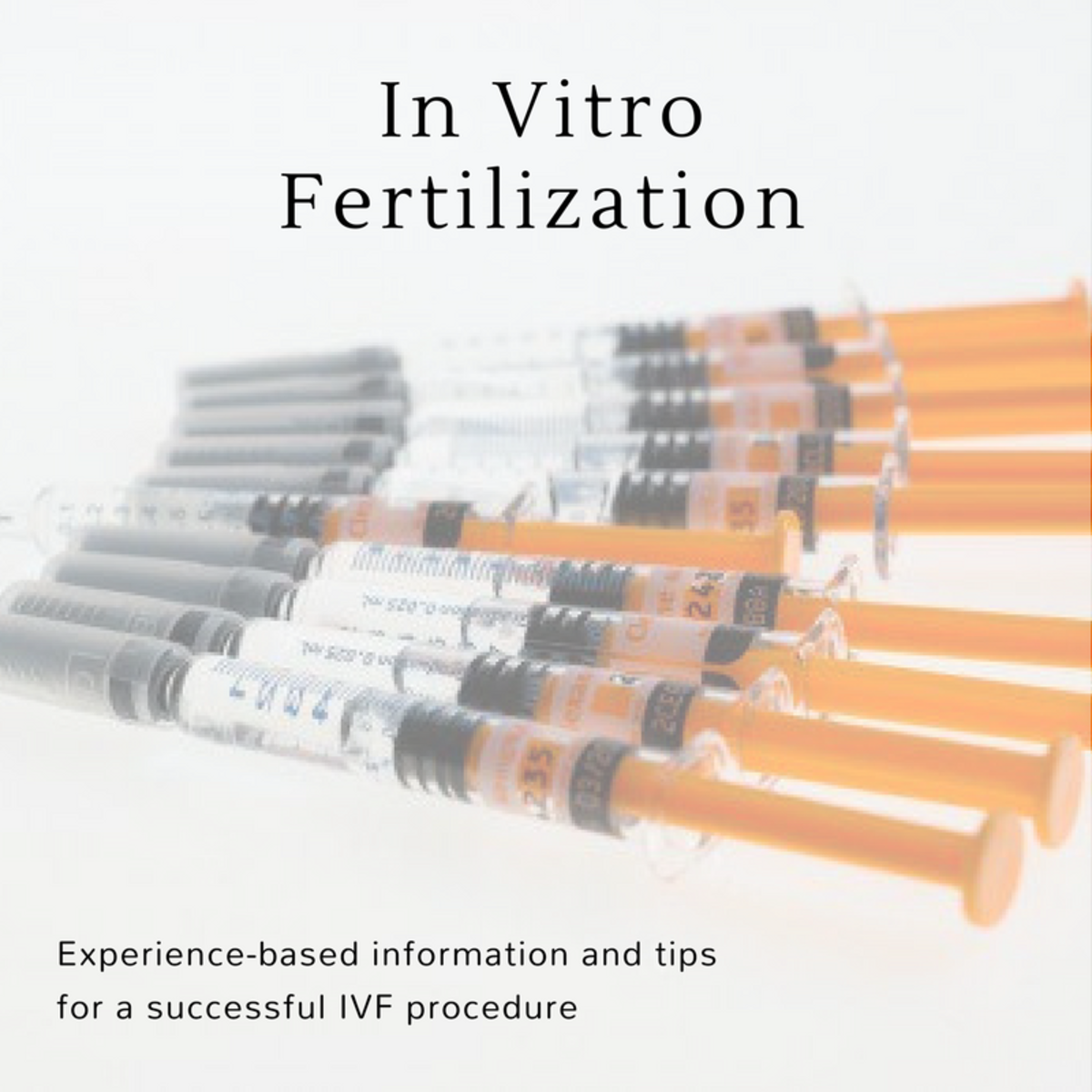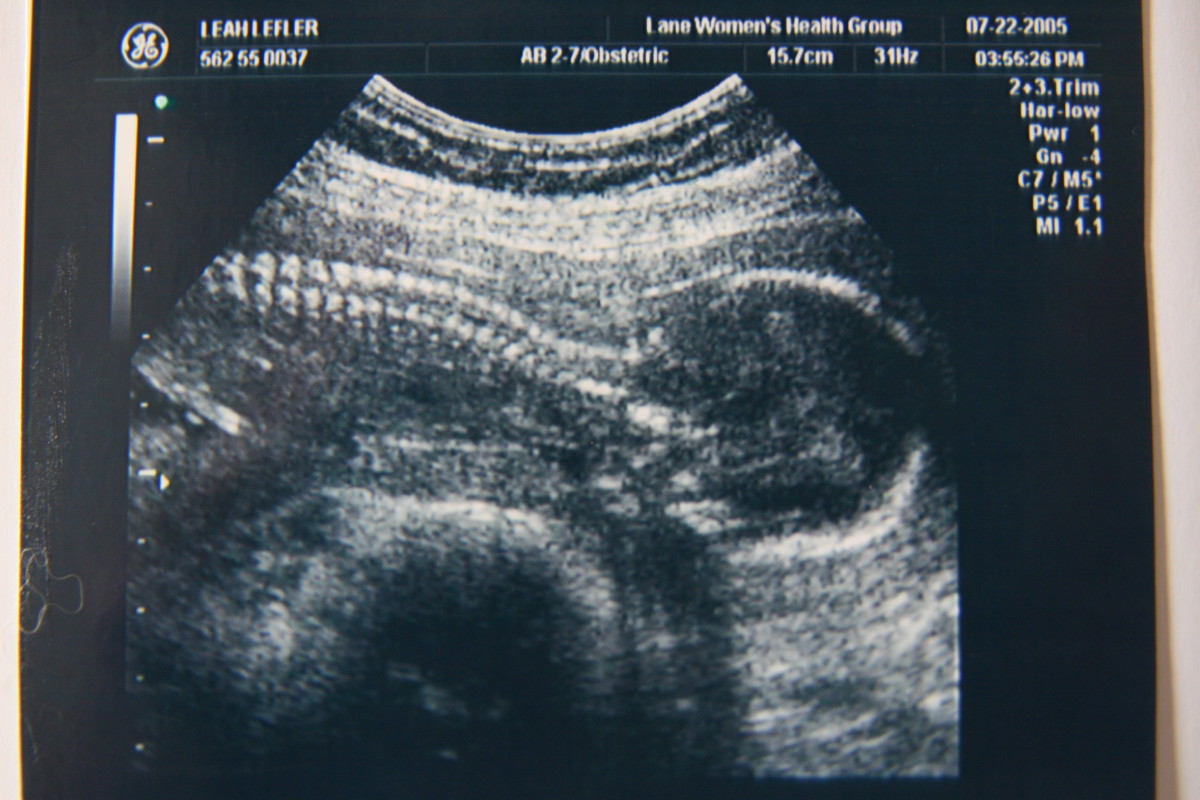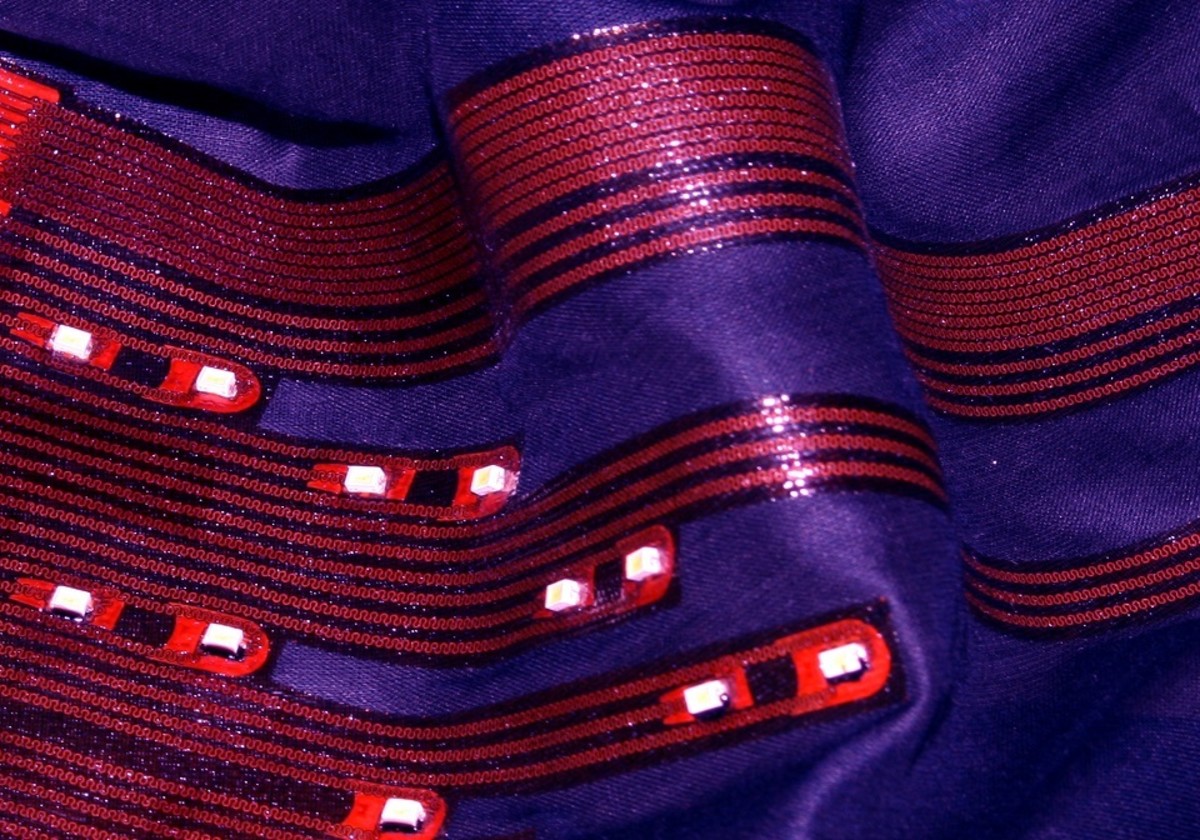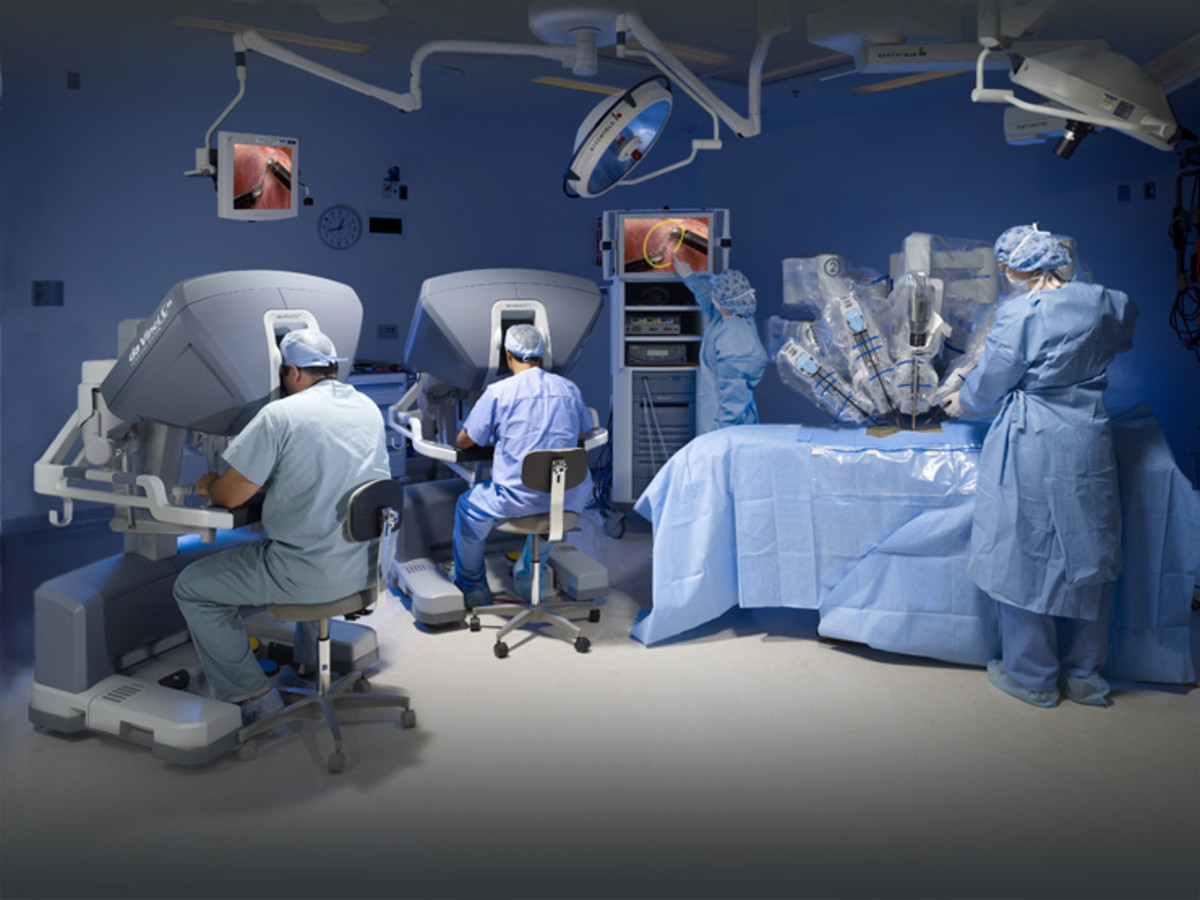- HubPages»
- Health»
- Quality of Life & Wellness»
- Personal Development
The Development of Assisted Conception

Introduction
Assisted reproductive technology, also called assisted conception is an artificial way to get a woman pregnant, especially if they have trouble getting pregnant through sexual intercourse. There are several procedures of assisted conception such as artificial insemination, fertility medication, surrogacy, and in vitro fertilization. This technology is primarily used for infertility cases and can also be referred to as fertility treatment. This kind of technology belongs to the reproductive endocrinology field and may include cryopreservation and intracytoplasmic sperm injection. Assisted conception could sometimes be used on fertile couples for reasons associated with genetics (preimplantation genetic diagnosis, or for couples who become discordant especially for particular communicable diseases like AIDS so as to reduce the risk of the infant getting infected during delivery. This paper seeks to trace the development of assisted reproductive technology since the birth of Louise Brown.
Development of Assisted Conception
The first human being to have been successfully conceived through the process of vitro fertilization (IVF) Louise Joy Brown, a British woman born in July 1978 in England Lancashire. The process was initiated when two medical researchers, Robert Edwards, and Patrick Steptoe performed an experiment by fertilizing the eggs of Louise’s mother in a petri dish after which they implanted a two day embryo into her womb. Louise became a subject of persistent media attention and was even nicknamed “test-tube-baby” by the media. She was popular in the media both during the pregnancy, after birth and several years later after birth. Due to his IVF technique, Edwards received a share of the Nobel Prize in 2010 for psychology medicine.
Since its outset, assisted conception has been met with tremendous development. The birth of Louise was preceded with the birth of two other babies, MacDonald Alastair in October 1978 and MacDonald Alastair in 1979 January. These were the first three babies born from IVF in the world. IVF has since then grown to be a common procedure and has recorded about 5 million births from around the globe. MacDonald was the first male baby born by IVF. The subsequent years were followed with different developments in assisted conception with each year receiving a different development. Below are some of the developments since 1978 to 2013.
In 1980, an IVF team in Australia headed by Trounson Alan delivered the first IVF child in Australia. This year also saw the opening of the first American IVF clinic in Virginia, U.S. The World Health Organization, as a result, introduced a “Laboratory manual for the examination of semen-cervical mucus and human semen interaction” for the purpose of standardizing semen analysis. Still in the same year, a Preimplant-action Genetic Diagnosis was introduced by Alan Handsyde from the United Kingdom in order to identify embryos that are abnormal genetically through cell biopsy.
In the year 1982, the first ever twins conceived by IVF were born in King’s Lynn at Queen Elizabeth hospital, United Kingdom. Similar babies were born in France during the same year. This occurrences also happened in Australia, which saw successful delivery of the first frozen twins through intrauterine insemination.
In 1983, Trounson Alan and his group succeeded in successfully causing pregnancy to a woman through the process known as bilateral oophorectomy by use of donor oocytes. The same year also saw the development of in-vitro maturation (IVM) which could be used to fertilize immature oocytes. Gleicher, another scholar together with his colleagues assessed the use of vaginal route retrieval of oocytes through culdocentesis with the aid of trans-abdominal ultrasonography. Another gynecologist, Robert Casper and his workmates succeeded in describing the utilization of low dose human chorionic gonadotrophin (hCG) in effectively sustaining the luteal phase in assisted ovarian cycles.
In 1995, Frank Barnes came up with a report on a successful birth of a baby through assisted hatching and in vitro primary oocyte maturation (IVM). The first report on aneuploidy was subsequently published by Jacques Cohen, while Green and Simon Fisher published a report on spermatids and how to achieve pregnancy. Oocyte activation was discovered by Dmitri and his workmates in the course of ICSI experiment triggered by sensitive health, water solution, and a cytosolic sperm factor.
In 2010, there was confirmation of successful pregnancy by UK through vitrified blastocysts. This was however, caused by the minor changes that were made to the 8th HFEA code of practice which were incorporated into the code’s print version in 2010. That is why the Nobel Prize in the field of psychology was offered to Edwards Robert due to his outstanding work in vitro fertilization field. Due to Edward’s works, a 66 years old lady became the mother of triplets after 44 years of life in a marriage without children.
In the late 2010, Unisense Fertilitech introduced a new system of monitoring which was designed for consistent early embryo development observation (EmbryoScope). This bore fruit in December of the same year when the first twins conceived by use of the new embryo scope in Ohio USA, at the Cleveland Reproduction center.
In 2013, Edwards Robert, a famous scientist and co-pioneer of the IVF, passed on while he was asleep in his home after a long period of illness. The same month that Edward died, a baby was born at the Hammersmith hospital in the U. K. The baby was conceived by use of a new reduced risk treatment for IVF, Kisspeptinfor inducting ovulation without risking ovarian hyper stimulation syndrome. This was a result of a clinical trial conducted by the professor WajirDhilo in London at the imperial college (Kyono et al, 2014). Later in May, a group of scientists at the Oregon Health Scientist University published a report on how to clone human being successfully. This is the biggest of all the developments of assisted conception.
In essence, there has been great development in assisted reproductive technology every year since it was first released by Edward. Children born from assisted conception have been found to be no different from the normal children born from sex. Apart from some cases of abnormal children, almost all children born from this technology are healthy and this has been improving since 1978. Children born from assisted conception have been receiving regular screening and development follow-ups so as to guarantee distinctive development of their motor, language, cognitive and adaptive skills. This intensive follow-up of their development is what has led to continuous improvement in types of assisted conception and in child development strategies. From IVF, surrogacy, ZIFT, ICSI, GIFT, to donor eggs, there has been tremendous improvements, all which has led to better ways of helping infertile couples or couples with any kind of difficulty in terms of getting pregnant to have children of their own.
Conclusion
The birth of Louise Brown stirred the development of assisted reproductive technology, especially IVF which has been considered as one big medical mystery. This is despite the fact that it it raises a number of medical issues. The technique is now used widely and has enabled more than 5 million parents to reproduce and have children. As such, assisted conception is the best medical solution that the world has ever had concerning reproduction.








